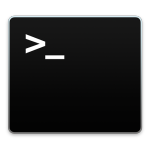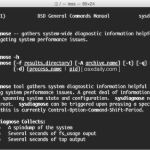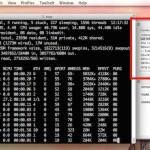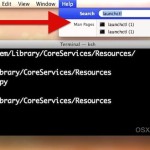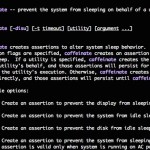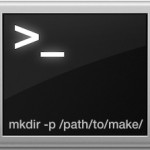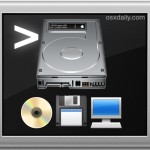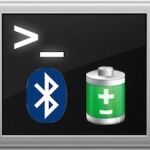List All Network Hardware from Command Line in Mac OS

The networksetup utility offers a command line interface to configuring the variety of Mac networking features available in Mac OS X. We’ve discussed networksetup and accompanying features many times here for more advanced purposes, but one of the simpler uses of networksetup is that it can list out every piece of networking hardware attached to … Read More



